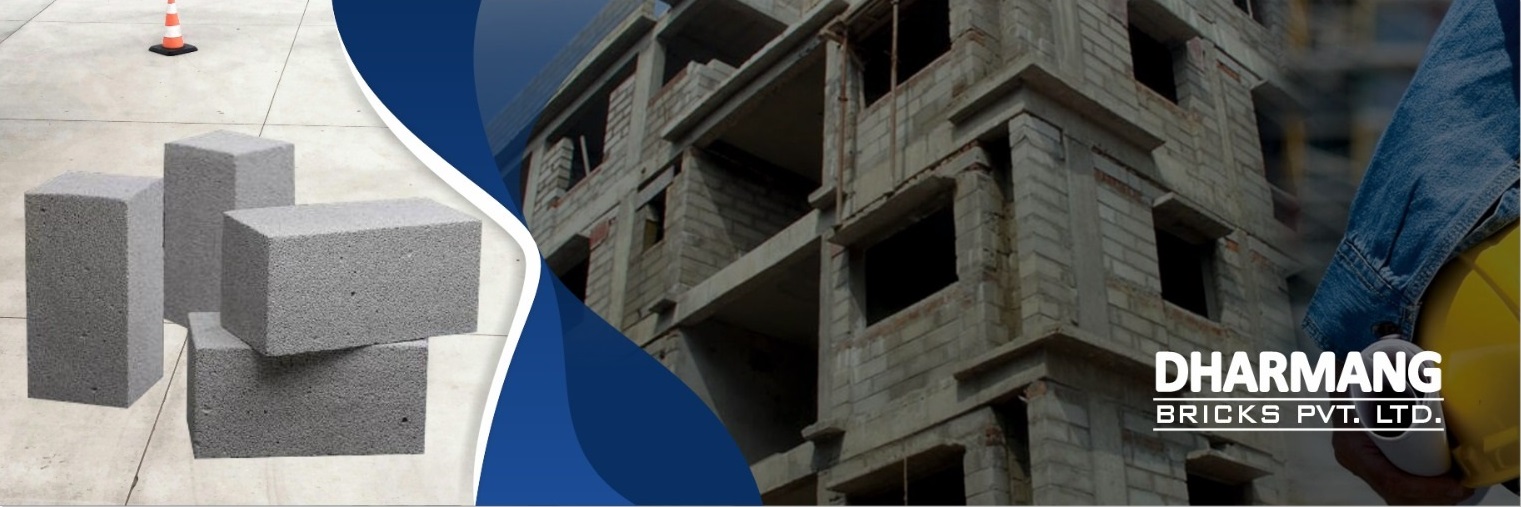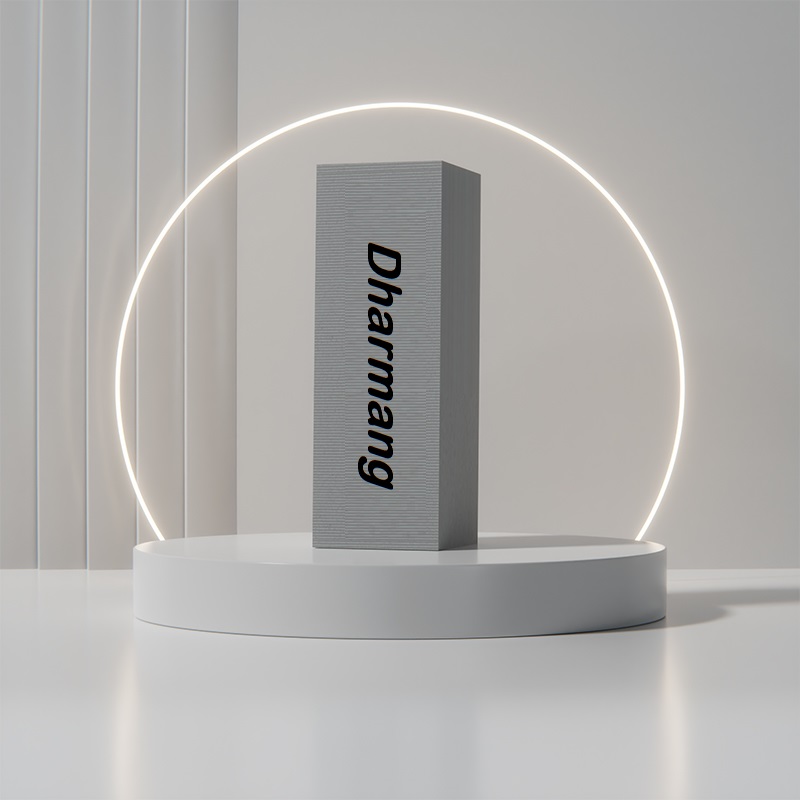




DHARMANG BRICKS PVT. LTD. is India's frontline manufacturer of lightweight concrete (AAC) blocks, Wire Mesh, M-sand, P-sand.Conecc found the vision of helping people build their homes/buildings better, faster & cheaper using prime construction technologies. Conecc AAC blocks are the new generation building blocks that are more efficient than traditional blocks or clay bricks. Our blocks are a green building product as there is no pollution or waste material in the manufacturing process. Our aac block plant operations are managed and operated by professionals having vast experience of more than 15 years in the field of AAC technology. We at Conecc use the finest raw materials to ensure the best quality products and maintain adequate stocks in our yard for timely deliveries. conecc has been granted a license to use Standard Mark based on scheme type E as per Schedule-1 of the Bureau of Indian Standards.
More Details

AAC blocks, red bricks, and Bella blocks are all building materials commonly used in construction, each with its own characteristics and advantages. Here's a comparison between them:
AAC blocks are precast, lightweight concrete blocks made from a mixture of sand, cement, lime, and aluminum powder.
Red bricks, also known as clay bricks, are traditional building materials made from clay that is shaped into rectangular units and fired in a kiln at high temperatures.
Bella blocks are concrete masonry units (CMUs) made from concrete or cementitious materials, often containing aggregates like sand, gravel, or crushed stone.
| No. | AAC Blocks | Red Bricks | Bella Blocks |
|---|---|---|---|
| 1 | Made from a mixture of sand, cement, lime, and aluminum powder. | Made from fired clay or clay mixed with other materials | Typically concrete or cementitious materials with aggregates like sand, gravel, or crushed stone. |
| 2 | Lightweight compared to traditional bricks, making them easier to handle and transport. | Known for their durability and long-lasting performance. | High compressive strength, suitable for both structural and non-structural applications. |
| 3 | Excellent thermal insulation properties, reducing energy consumption for heating and cooling. | Can be used for load-bearing walls, facades, partitions, and other construction purposes. | Versatile in construction applications, available in various sizes, shapes, and finishes. |
| 4 | Provide good sound insulation, creating quieter indoor environments. | Widely available and commonly used in construction for centuries. | Offer design flexibility with different finishes and textures, allowing for creative architectural expressions. |
| 5 | Made from recyclable materials and consume less energy during production. | Provide good thermal mass, helping to regulate indoor temperature. | Provide good load-bearing capacity, suitable for supporting heavy loads. |
| 6 | Uniform shape and size, facilitating precise construction and reducing material wastage. | Generally lower initial cost compared to AAC blocks, but may vary based on quality and region. | Cost may vary based on factors such as material quality, size, and finish. |